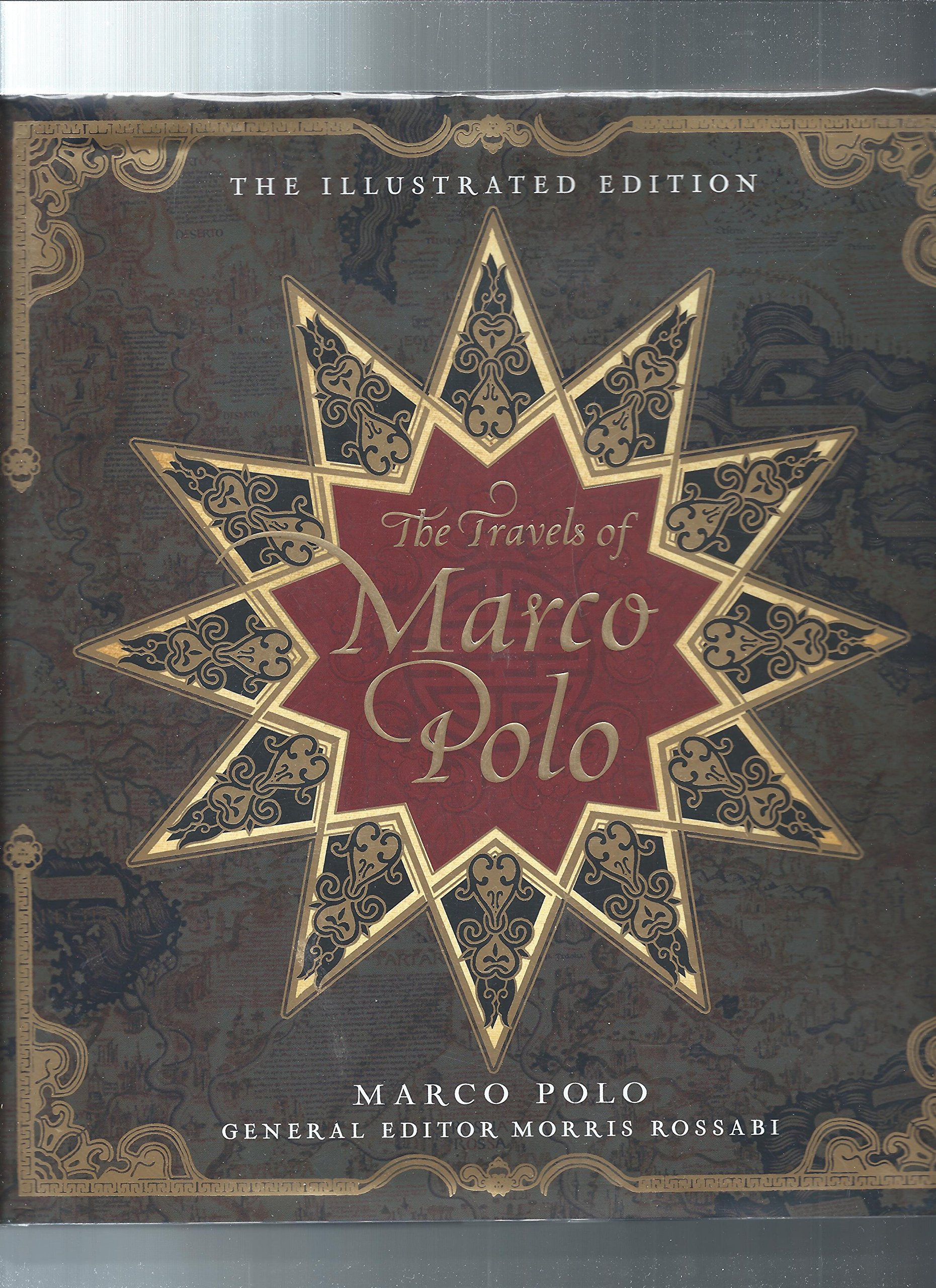


The Travels of Marco Polo
S**G
The Travels of Marco Polo is wonderful in its illustrated version
The Travels of Marco Polo is wonderful in its illustrated version. Old maps, 15th C paintings, a French illuminated manuscript from 1333, modern photos of the Taklaman Desert, a 1412 illumination of Le Livre des Merveilles du Monde with elephants the same size as horses and a howdah carrying three people straddling two elephants, three scrolls of Japanese Lord Yurikawa out to destroy Mongol invaders, and much more. The text is fascinating and a joy to read. A wonderful book.
B**M
Superb, superb version of Marco Polo's Travels - a keeper
This superb book is exactly what I was looking for! I wanted to read Marco Polo's Travels in a good English translation, with accompanying medieval illustrations and modern photos and references to the places and events mentioned, and that's exactly what this book provides. The quality is outstanding, the text, illustrations etc., are a pleasure. They remind me a little of National Geographic, they're of that quality. In addition the book provides bonus texts here and there from other sources, it's a great one-stop-shop to learn about Marco Polo's world.Since I first placed this review, it occurred to me I ought add a further note. Modern readers unfamiliar with medieval style writing may find this book slow and repetitive after the first few chapters. I lent it to a friend who managed to get about halfway before giving it back. The 21st century mindset simply doesn't seem to have the patience to read through one formulaic description after another of 'a magnificent city, with great stone walls, many temples, the people are all...' etc., etc., But this was the style of the time, as I said, and I'd advise readers to persevere if they wish to get a true flavour of how the medieval mind saw the world. For my own part I read it cover to cover. It was probably meant to be read aloud to illiterate audiences (as much of the European population at the time was).One bone I'd have to pick is not with the production itself, but with the introduction text. In the introduction the editor tells us that the original text of Marco Polo's travels no longer exists (that'd be the version that was dictated by Polo to his cellmate whilst in prison) and that later copies that survive often deviate from this original, with additions etc., But here's the question: if the original manuscript 'no longer survives', how do we know that later texts 'deviate' from it? Unless one of the copies is a sort of 'certified authentic copy' of the original (in which case that text now becomes the original, if the older text doesn't survive) ANY of the copies that do survive - even the most apparently outlandish - could be a faithful copy of the original; unless and only insofar as they refer to things that we know came historically well after Marco Polo's time. Anyway, tis only a detail, and won't interfere with enjoyment of the book, but I'd be careful of such assumptions.
M**S
Gift
It was well appreciated by the person to whom we sent it as a gift. It had great illustrations in it.
B**T
Good book
This book arrived in excellent condition.
I**M
Five Stars
Beautiful book! Amazing illustrations and nice account of Marco Polo's travels! Looks like new!
Trustpilot
3 weeks ago
1 week ago